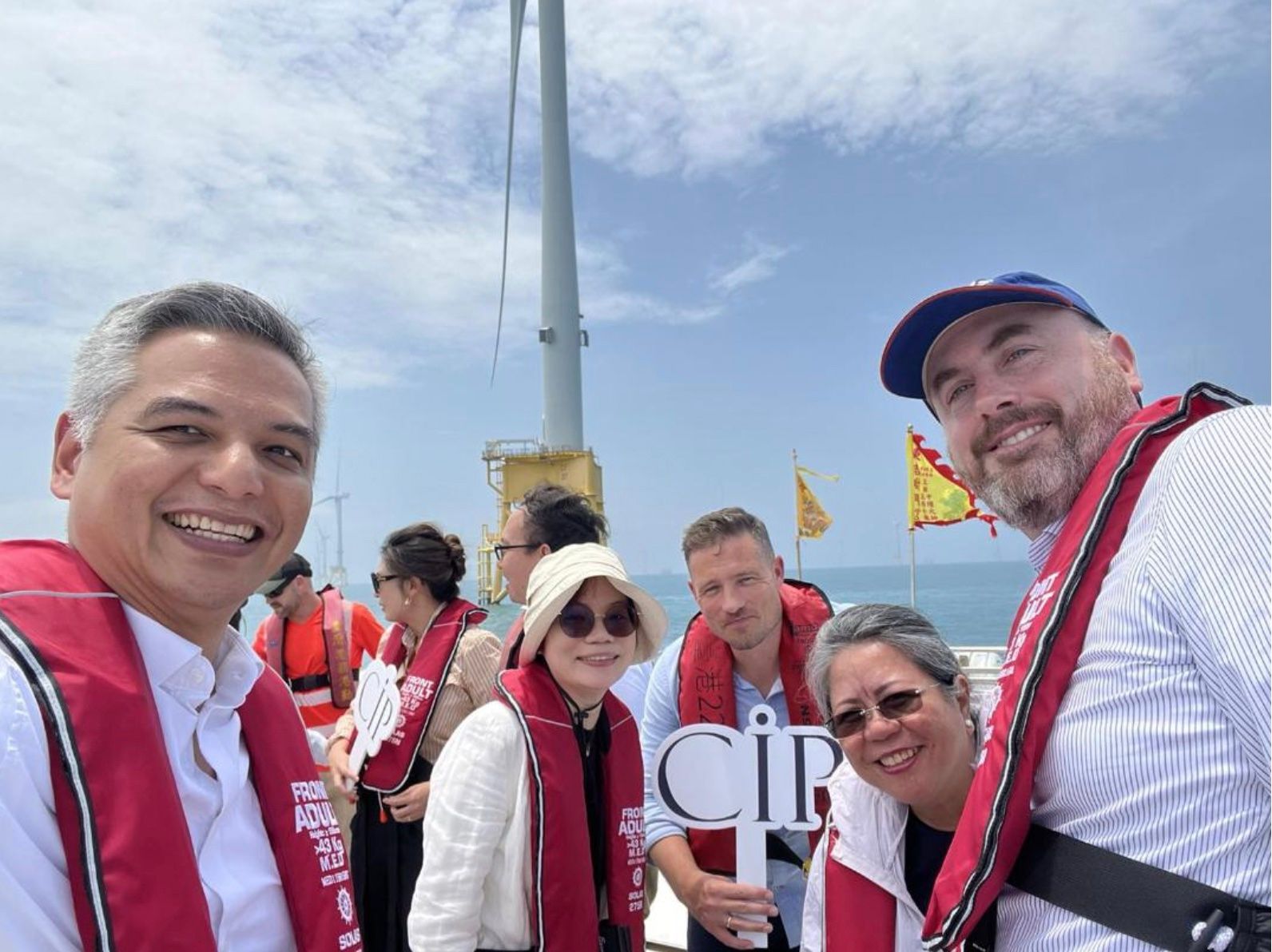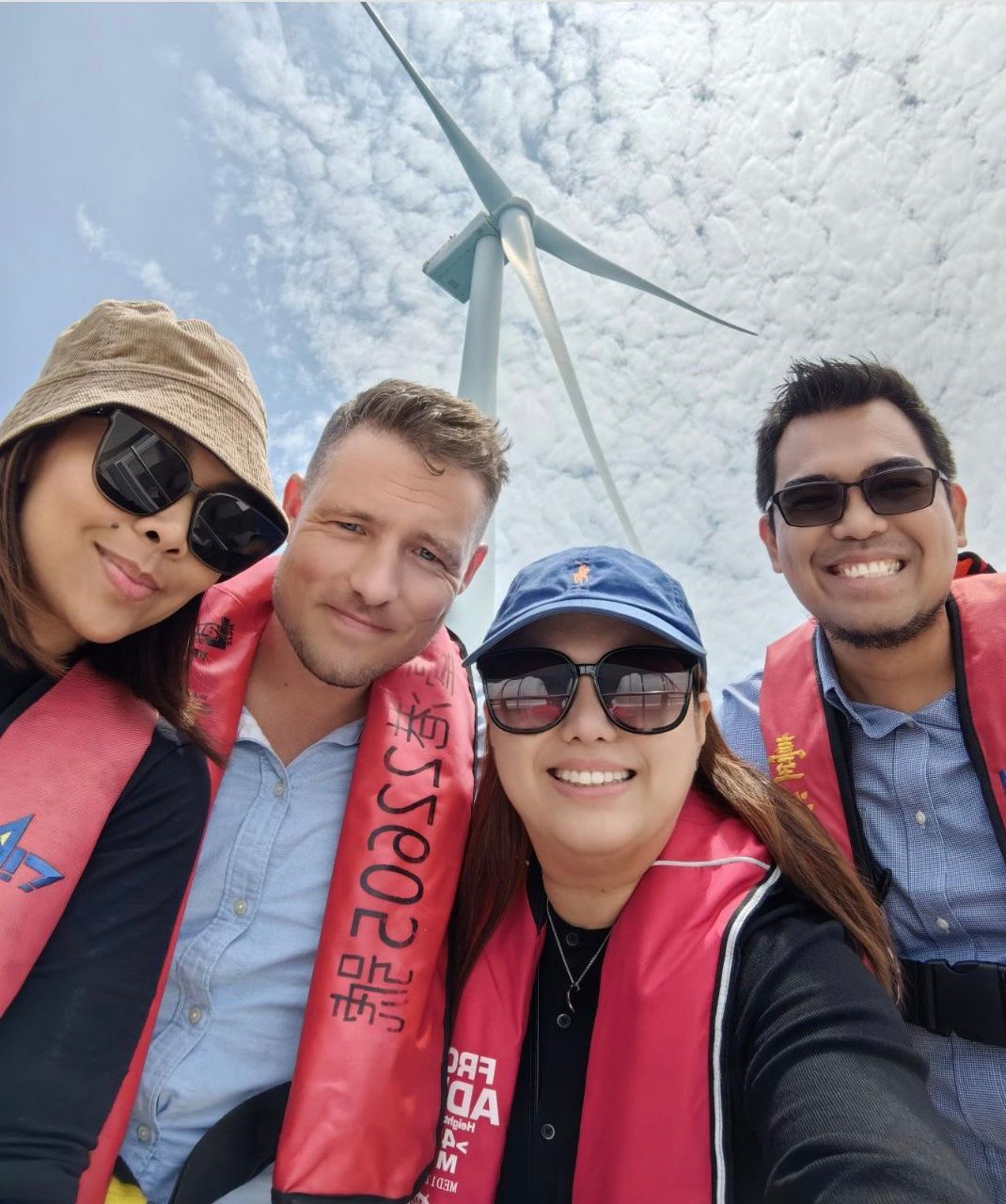DOE mulls two-pronged transmission investment approach for offshore wind
At A Glance
- On the sphere of infrastructure development, the DOE official emphasized that Taiwan invested heavily on transmission upgrade and expansion ahead of the targeted rollout of the planned offshore wind plants so at the time of project completion, these OSW projects will have seamless grid integration.
- Beyond that, Taiwan also pushed for strategic planning on the upgrade and further development of their ports, so these could strategically cater to the needs of the entire supply chain of their thriving offshore wind industry –including those that are required as pre-assembly sites, operation and maintenance (O&M) base as well as bigger scale ports with massive docks that are necessary for the deployment gigantic turbines and equipment during construction phase.
TAIPEI – The Department of Energy (DOE) is seriously pondering over a two-pronged investment approach on the development of transmission infrastructure facilities that will support gigawatt-scale offshore wind installations in various parts of the country.
According to Energy Undersecretary Rowena Cristina L. Guevara, the policy framework they have been preparing for is: to either allow the offshore wind project-sponsors to advance investment for transmission that will inject their generated capacities into the grid; or for the government to allow third party investors with the imprimatur of concessionaire National Grid Corporation of the Philippines.
In a study tour that was convened by the Denmark Trade Council, Global Wind Energy Council (GWEC) and the Wind Energy Developers Association of the Philippines (WEDAP) to look at the successful developments of offshore wind projects in Taiwan, Guevara conveyed that during the question and answer session with the policymakers and industry players, she gained insights about the very comprehensive role that the government of Taiwan had taken as a serious responsibility in the creation of robust policy framework and regulation for them to attract investments as well as to reduce the risk for project-developers.

On the sphere of infrastructure development, the DOE official emphasized that Taiwan invested heavily on transmission upgrade and expansion ahead of the targeted rollout of the planned offshore wind plants so at the time of project completion, these OSW projects will have seamless grid integration.
“What we see is two possible things: number one is for the generators to build or do advance construction for NGCP; and second, to allow third party builds that will be turned over to NGCP to operate it. We are rushing things so we need everyone on board, so those who can build it would be allowed,” she noted.
Nevertheless, the energy official qualified that “we have to make sure that NGCP agrees – because NGCP is the concessionaire for transmission, so we have to make sure that we honor their concession agreement, we honor their franchise; and we need them to cooperate, so we have to work with them.”
Beyond that, Taiwan also pushed for strategic planning on the upgrade and further development of their ports, so these could strategically cater to the needs of the entire supply chain of their thriving offshore wind industry –including those that are required as pre-assembly sites, operation and maintenance (O&M) base as well as bigger scale ports with massive docks that are necessary for the deployment gigantic turbines and equipment during construction phase.
“We learned that their government really invested. For example, they invested $4.0 billion on their grid; then, we also learned from their maritime and port bureau that they put up a new organization to take care of building the ports, training the people and making sure that they are able to put up in time for the buildout of the offshore wind developers,” Guevara stressed.
She highlighted “what we learned here is that: every step of the way, the government was ahead of the developers, so that whatever is needed, it will already be there for the investors.”

Guevara further cited that in terms of addressing market risks for the offshore wind developers, Taiwan dangled feed-in-tariff incentives (FIT) for its first round of demonstration projects for fixed bottom installations; then there had also been combination of FIT and auction as market incentives for first-mover projects in the floating offshore wind development space.
On the bigger scale of developments, aside from tariff-underpinned power purchase agreements (PPAs) that developers were able to corner from the auction, they were also given leverage to enter into corporate power purchase agreements (CPPAs) or bilateral contracts with corporate off-takers (capacity buyers).
Guevara stated though that “pricing (for offshore wind) is not being discussed yet in the Philippines, because we want to make sure that we will have consultation on that first with the industry players.”